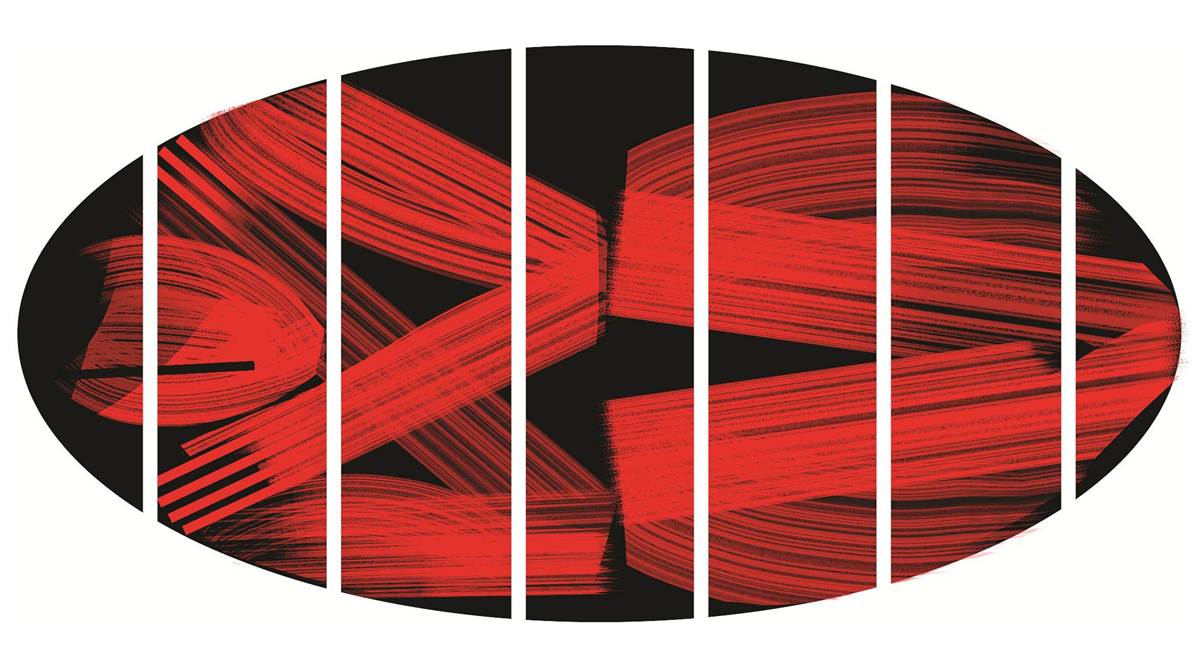Although it does not exist in prison manuals, it’s a well-known element of Indian jails.
French philosopher Michel Foucault in his classic, Discipline and Punish, writes about how executions as spectacles are gradually replaced in modern societies by disciplinary power in prisons, where the focus is on confinement and targeting the soul of a person with the help of experts. A trace of torture always remains as a part of punishment, notes Foucault, though modern states tend to deny that.
The torturous practice of solitary confinement, whether for 24 hours or a large part of a day, remains a key feature of modern prisons, sometimes by another name. The continued use of an “anda” (egg-shaped) cell or high security cell in the Indian context appears to be, in effect, the use of solitary confinement — defined by many as cruel, inhuman and degrading treatment or torture — by another name. The news that eminent journalist and human rights activist and scholar implicated in the Bhima Koregaon case, Gautam Navlakha, has been moved to an “anda” circle in Taloja jail on October 12 is just another reminder that imprisonment itself appears inadequate for the state. Instead, there is a constant need to continually break the body and soul of a person by making the conditions more challenging. Nils Melzer, UN Special Rapporteur on torture, in 2020 noted: “The severe and often irreparable psychological and physical consequences of solitary confinement and social exclusion are well documented and can range from progressively severe forms of anxiety, stress, and depression to cognitive impairment and suicidal tendencies.”
One of the most vivid descriptions of the “anda” cell in the Indian context was in Arun Ferreira’s 2014 prison memoir Colours of the Cage. “The anda barracks are a cluster of windowless cells nestling against a high oval perimeter wall, a maximum-security zone within the high security confines of the Nagpur Central Jail…You can’t see anything outside: No greenery, no sky. There is a watchtower in the center of the anda, and from the top, the yard must actually resemble an enormous, air-tight concrete egg. But there’s a vital difference. The anda is impossible to break out of. Rather it’s designed to make inmates crack.”
Navlakha writes, as reported in a press statement circulated by his partner Sahba Husain: “Confinement in the anda circle means denial of fresh air/oxygen as there is not a single tree or plant in the open space of the circle. And we are forbidden to step outside of the anda circle…. In other words, we spend 16 hours out of 24 cooped inside our cell and the eight hours we are let out we are confined to a corridor for our daily walk on cemented floor surrounded by high walls all around.”
It is unclear whether the “anda cell” is authorised by prison manuals. At times, the arbitrariness of these actions suggest that these are the discretionary actions of “petty sovereigns”, a term that Judith Butler has famously used for post-9/11 actions of US officials at Guantanamo Bay, Cuba, and rendition sites. The use of a particular state action in India can, of course, depend on the identity of a person — Muslim, Dalit, Adivasi, poor, woman, transgender, though they can impact those beyond the continually criminalised communities to include human rights activists, lawyers, and Bollywood actors, including Sanjay Dutt. Thus, the anda cells remain a much-publicised element of Indian jails, existing through an informally created infrastructure of discretionary authority and thereby avoiding scrutiny.
How the ‘anda cell’ is used to discipline prison inmatespartner alleges that not only has he been moved to the anda cell, his phone calls to family and lawyers have been stopped using the pretext that in-person mulaqats (meetings) have been renewed. So far, the two weekly calls were the only way that Navlakha was able to communicate with his family. In conditions of 16-hour confinement in a concrete cell block, given his precarious health as a 70-year-old, the lack of possible communication will lead to his situation worsening. The right to speak to a lawyer, who often becomes one of the only contacts to the outside world, is an essential right (reiterated by the Chief Justice Ramana recently) and its denial is an intentional attempt to worsen the person’s condition in custody. Mulaqat, a basic lifeline again, becomes a highly discretionary power, as described by Kobad Ghandy in his recent memoir, Fractured Freedom, about his 10 years in prison.
African-American literary scholar Dennis R Childs writes about the “architectural violence” in the US prison context. Here, it is the denial of meaningful human contact, the ability to access fresh air and greenery in the confines of the anda cell and being deprived of basic communication to the outside world through calls to family, and lawyers in the absence of mulaqat, which together make these conditions torturous and must be challenged as such. “Life in the anda makes one crave for news of the outside. There was one particular spot in the anda where we could view a few leaves of the trees beyond the wall,” wrote Ferreira. In the Sunil Batra case, the Supreme Court wrote: “If the prisoner breaks down because of mental torture, psychic pressure or physical infliction beyond the licit limits of lawful imprisonment, the prison administration shall be liable for the excess.” The question, however, is how long can the “anda cell” and lack of basic rights be considered within the limits of lawful imprisonment?
The writer is professor in political science and international relations at Drew University. She is author of The Truth Machines: Policing, Violence and Scientific Interrogations in India (University of Michigan Press, Orient Blackswan, 2020)
Source: Read Full Article


